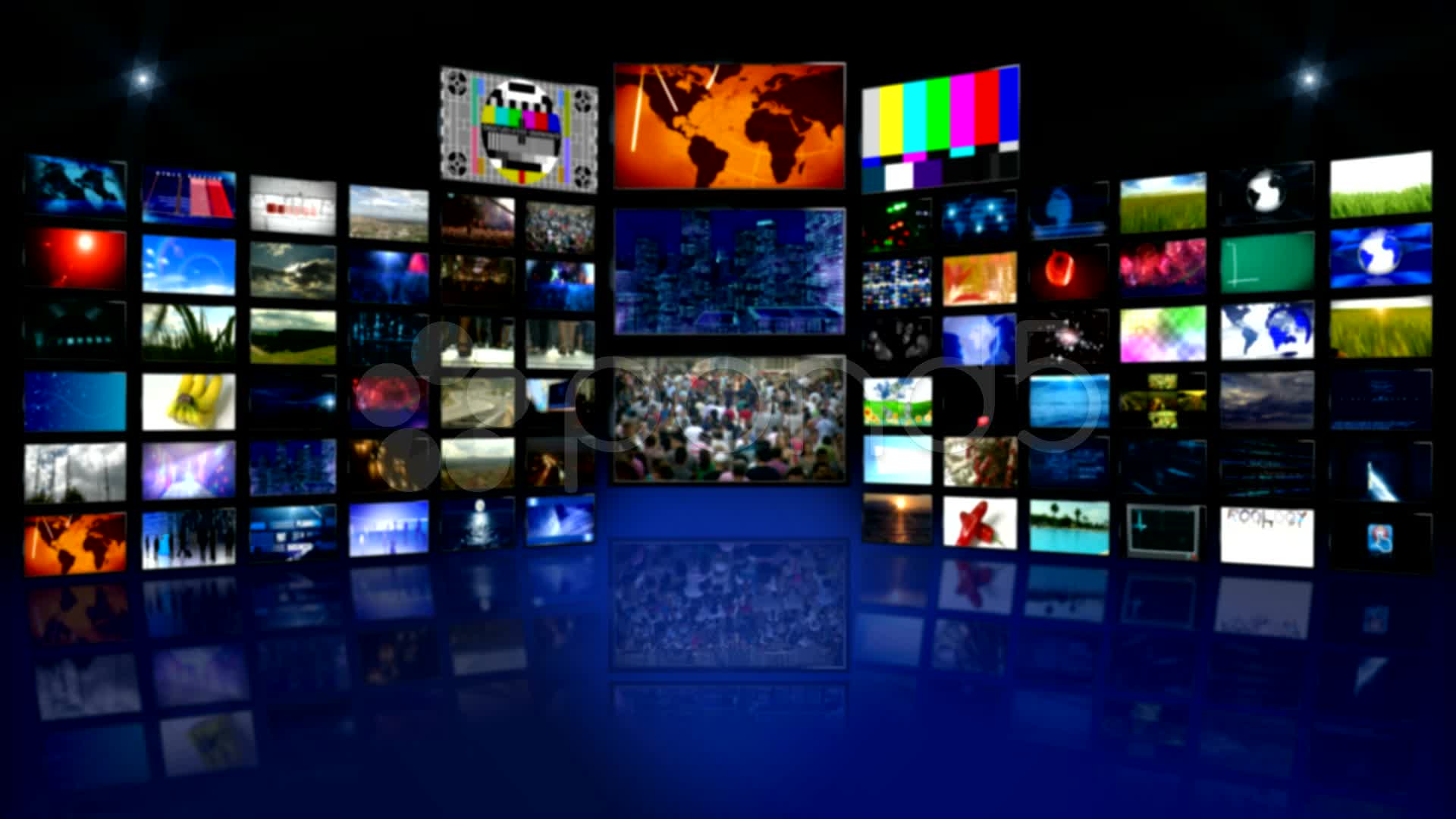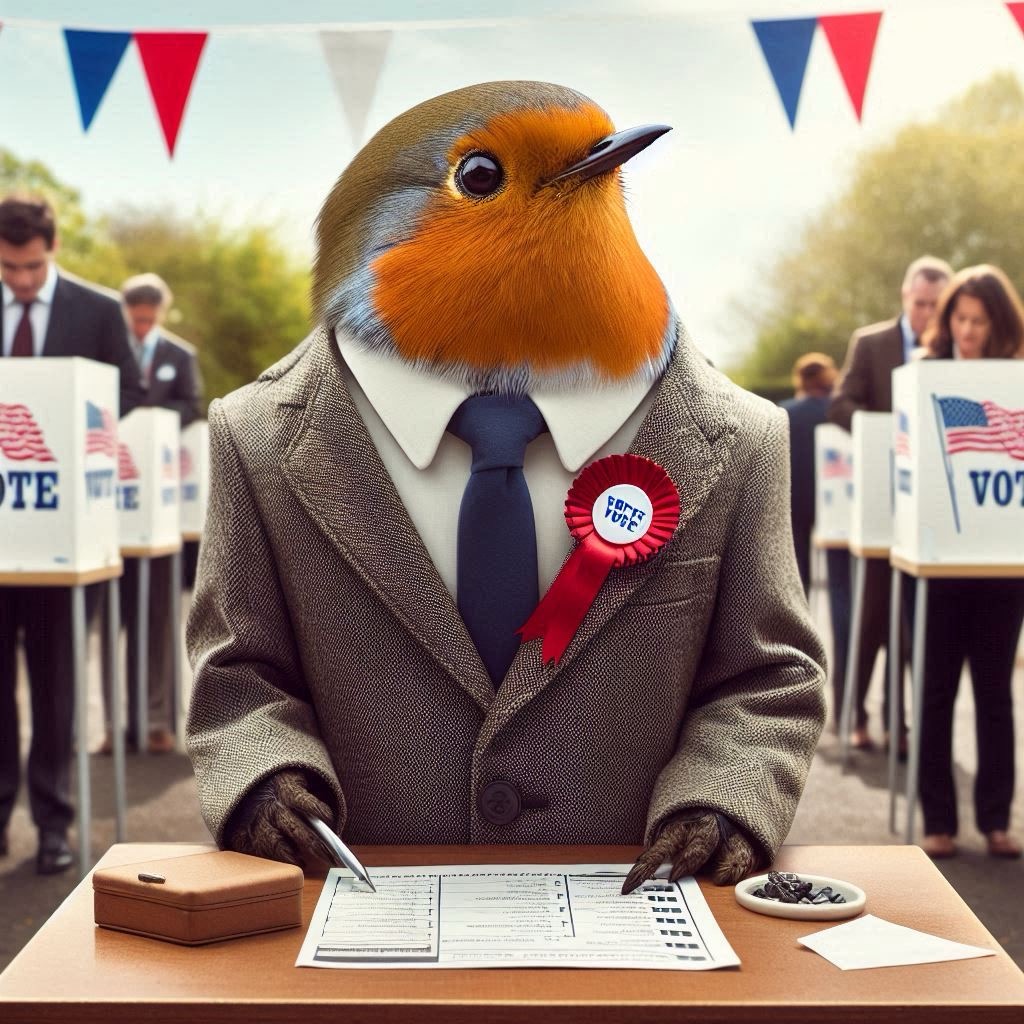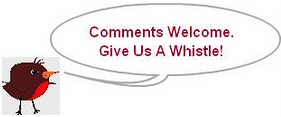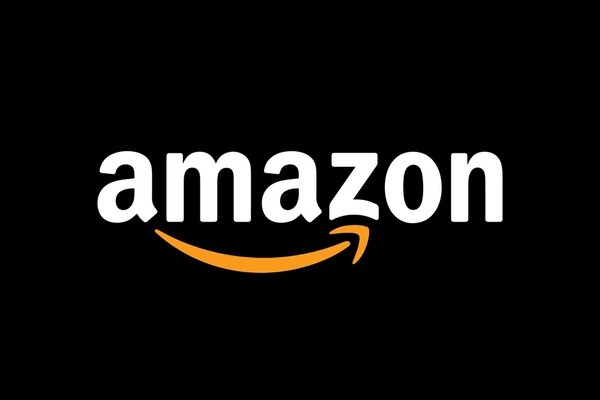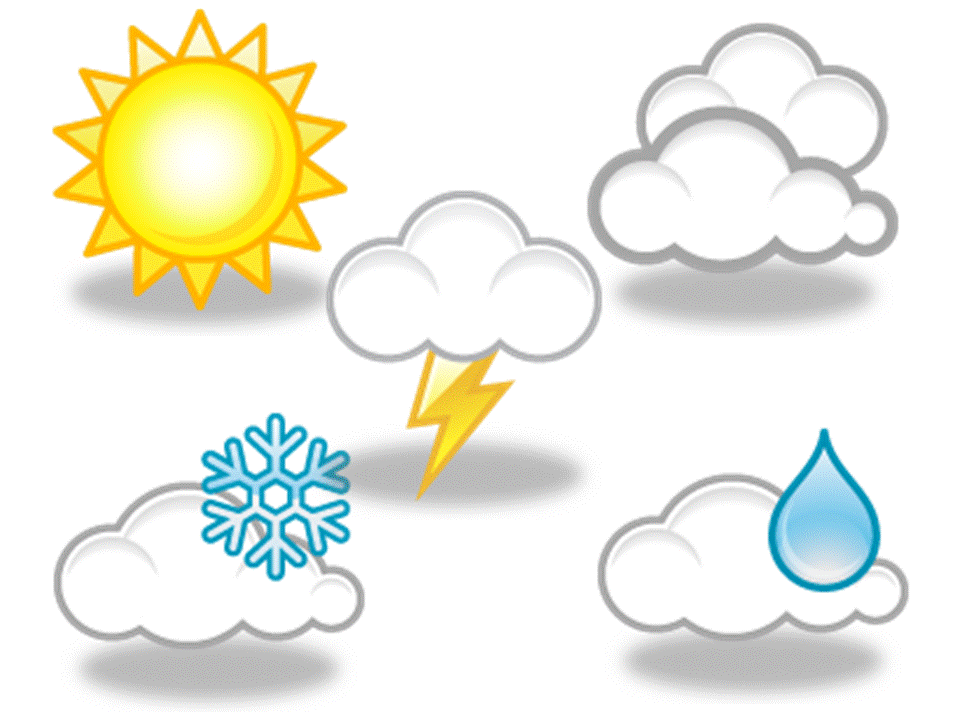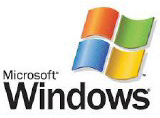Companies that scrap their DEI programs may risk alienating a large swath of the market
The Trump Administration has been deleting federal health pages on gay and gender identity topics, harshly criticizing diversity programs and insisting there are only two genders but a new Gallup survey finds that 9.3% of Americans now identify as LGBTQ+, the highest ever.

This figure has nearly doubled since 2020 and is significantly higher than the 3.5% recorded in 2012 when Gallup first measured LGBTQ+ identification.
Younger generations in the lead
LGBTQ+ identification is highest among Gen Z adults (ages 18-27 in 2024), with more than 1 in 5 (22.7%) identifying as LGBTQ+. This is up from 18.8% between 2020 and 2022. Each older generation shows lower identification rates, with numbers dropping to 1.8% among the Silent Generation (born before 1946).

One key reason for the generational difference is higher bisexual identification among younger people. Among LGBTQ+ individuals, 59% of Gen Z and 52% of millennials identify as bisexual, compared to just 19% of baby boomers and 11% of the Silent Generation. Older LGBTQ+ adults are more likely to identify as gay or lesbian rather than bisexual.
LGBTQ+ identity varies
The study also found notable differences in LGBTQ+ identification based on gender, political views, and where people live:
- Women (10%) are more likely than men (6%) to identify as LGBTQ+, largely due to higher rates of bisexuality. Among Gen Z, 31% of women versus 12% of men identify as LGBTQ+.
- Political affiliation matters: 21% of liberals, 8% of moderates, and only 3% of conservatives identify as LGBTQ+. Democrats (14%) and independents (11%) are far more likely than Republicans (3%) to do so.
- LGBTQ+ identification is higher in cities (11%) and suburbs (10%) compared to rural areas (7%).
- College graduates and non-graduates identify at similar rates (9% vs. 10%).
Majority of LGBTQ+ individuals are bisexual
Among the 900+ LGBTQ+ respondents surveyed, the most common identity was bisexual (56%), followed by gay (21%), lesbian (15%), and transgender (14%). About 6% identified as pansexual, asexual, or queer.
Overall, 85.7% of U.S. adults identify as heterosexual, with 5.2% as bisexual, 2.0% as gay, 1.4% as lesbian, and 1.3% as transgender.
As younger generations continue to embrace diverse identities, experts predict that LGBTQ+ identification rates will keep rising, shaping the future of social and cultural norms in the U.S.
Posted: 2025-02-20 22:51:38
